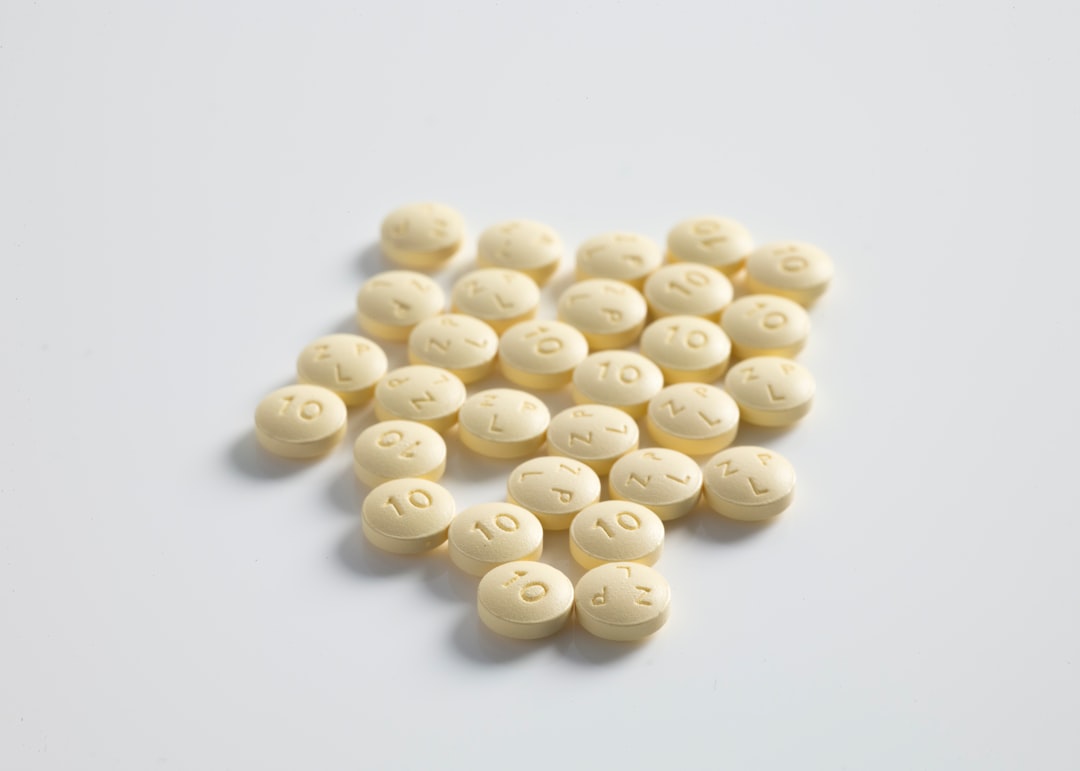What is it about?
Lapachol, β-lapachone and α-lapachone are natural naphthoquinones extracted from the heartwood of the yellow ipe and with antibacterial, antifungal, antimalarial and antitumor activity. However, they are compounds that present acute toxicity. Molecular hybridization is a Medicinal Chemistry strategy for developing new drugs, and deals with joining pharmacophores in a molecular structure. Hydralazine and isoniazid are antihypertensive and antituberculosis drugs, respectively, which have the hydrazine functional group. Considering the antitumor potential of naphthoquinones, four hybrids of β-lapachone and α-lapachone with hydrazine and isoniazid were designed, synthesized and had their antitumor potential evaluated. Hybrids of β-lapachone with hydralazine and isoniazid, βHDZ and βACIL, showed greater antitumor activity. βHDZ is 20x more active than β-lapachone and 3x more cytotoxic than doxorubicin. Furthermore, βACIL was active against all types of cancer cells tested. The results indicate that the compounds βHDZ and βACIL are strong candidates as prototypes of new antineoplastic drugs.
Featured Image

Photo by CDC on Unsplash
Why is it important?
Unpublished compounds with antitumor activity were obtained from the molecular hybridization of natural naphthoquinones with commercial drugs. The use of commercial drugs in the development of new drugs makes the discovery process less onerous.
Read the Original
This page is a summary of: Naphthoquinone-based Hydrazone Hybrids: Synthesis and Potent Activity Against Cancer Cell Lines, Medicinal Chemistry, November 2021, Bentham Science Publishers,
DOI: 10.2174/1573406416666200817164308.
You can read the full text:
Contributors
The following have contributed to this page










